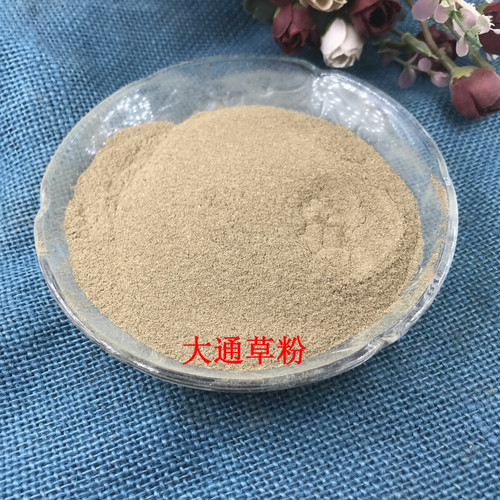Product Overview
Parts used: Dried stem piths
TCM category: Herbs that drain Dampness
TCM nature: Cold
TCM taste(s): Sweet
Meridian affinity: Stomach Lung
Scientific name: Stachyurus himalaicus or Stachyurus chinensis
Use of stachyurus stem piths (Xiao Tong Cao) in TCM
Please note that you should never self-prescribe TCM ingredients. A TCM ingredient is almost never eaten on its own but as part of a formula containing several ingredients that act together. Please consult a professional TCM practitionner, they will be best able to guide you.
Preparation: Take stems, remove impurities and cut to sections. Remove bark, take fresh piths and dry them.
Dosage: 3 - 6 grams
Main actions according to TCM*: Removes heat, induces urination and promotes lactation.
Primary conditions or symptoms for which stachyurus stem piths may be prescribed by TCM doctors*: Oliguria Urinary tract infection Clogged milk ducts Mastitis Low milk supply Galactostasis
Contraindications*: Not suitable for patients with Qi deficiency or without Damp-Heat.
Key TCM concepts behind stachyurus stem piths (Xiao Tong Cao)'s properties
In Traditional Chinese Medicine (TCM), stachyurus stem piths are plants that belong to the 'Herbs that drain Dampness' category. These herbs are typically diuretics, meaning that they promotes the increased production of urine in order to remove Damp that has accumulated in the body. According to TCM Damp accumulates first in the lower limbs, causing edema and impaired movement. From there, if unchecked, it can move upward and impair digestion and eventually the respiratory system.
Furthermore stachyurus stem piths are plants that are Cold in nature. This means that stachyurus stem piths typically help people who have too much "heat" in their body. Balance between Yin and Yang is a key health concept in TCM. Those who have too much heat in their body are said to either have a Yang excess (because Yang is Hot in nature) or a Yin deficiency (Yin is Cold in Nature). Depending on your condition stachyurus stem piths can help restore a harmonious balance between Yin and Yang.
Stachyurus stem piths also taste Sweet. The so-called "five elements" theory in Chinese Medicine states that the taste of TCM ingredients is a key determinant of their action in the body. Sweet ingredients like stachyurus stem piths tend to slow down acute reactions and detoxify the body. They also have a tonic effect because they replenish Qi and Blood.
The tastes of ingredients in TCM also determine what organs and meridians they target. As such stachyurus stem piths are thought to target the Stomach and the Lung. In TCM the Stomach is responsible for receiving and ripening ingested food and fluids. It is also tasked with descending the digested elements downwards to the Small Intestine. In addition to performing respiration, the Lungs are thought to be a key part of the production chain for Qi and the body fluids that nourish the body.
Use of stachyurus stem piths (Xiao Tong Cao) as food
Stachyurus stem piths are also eaten as food. It is used as an ingredient in dishes such as Chiken soup cooked with Stachyurus piths.Parts used: Dried stem piths







